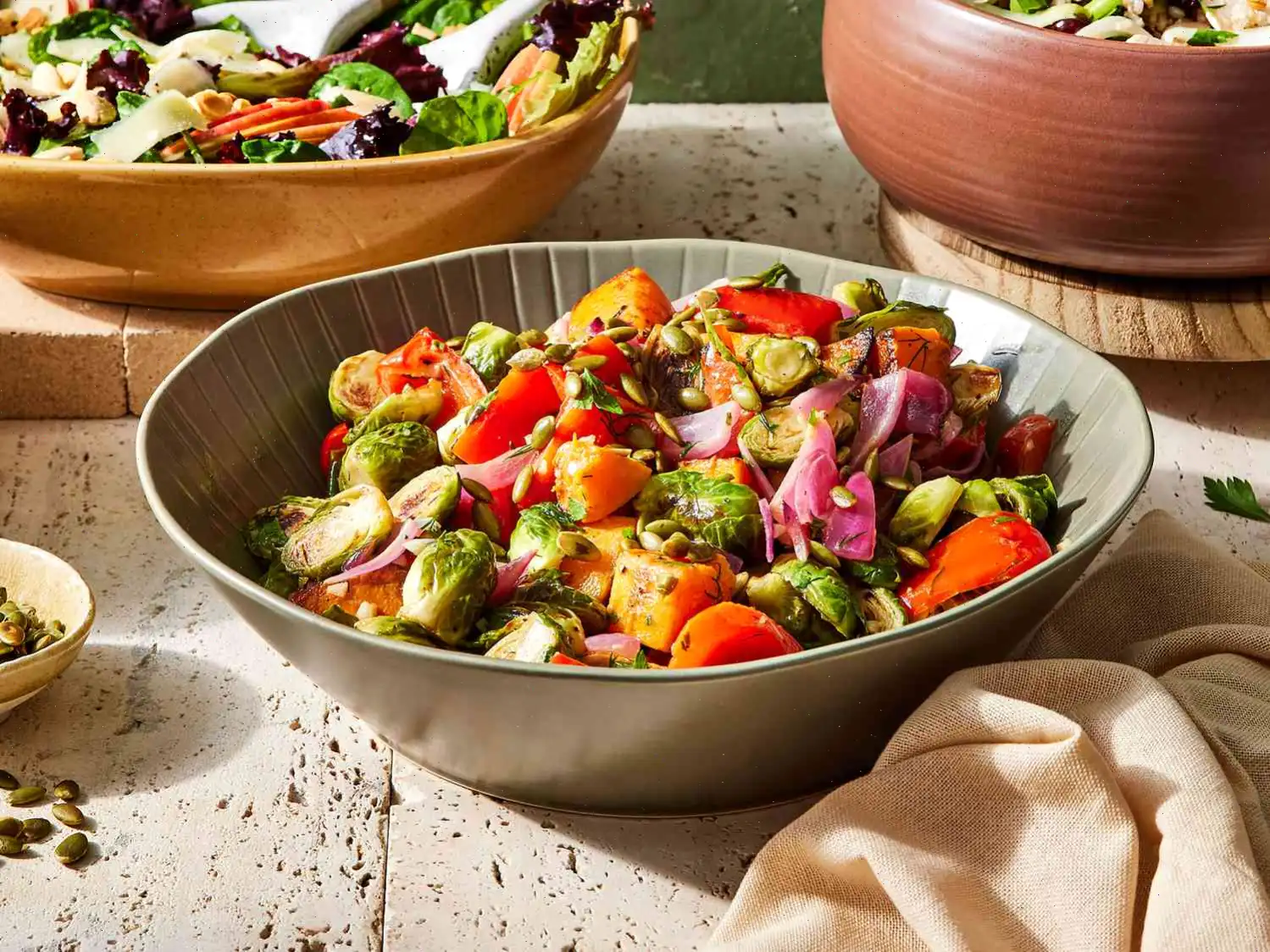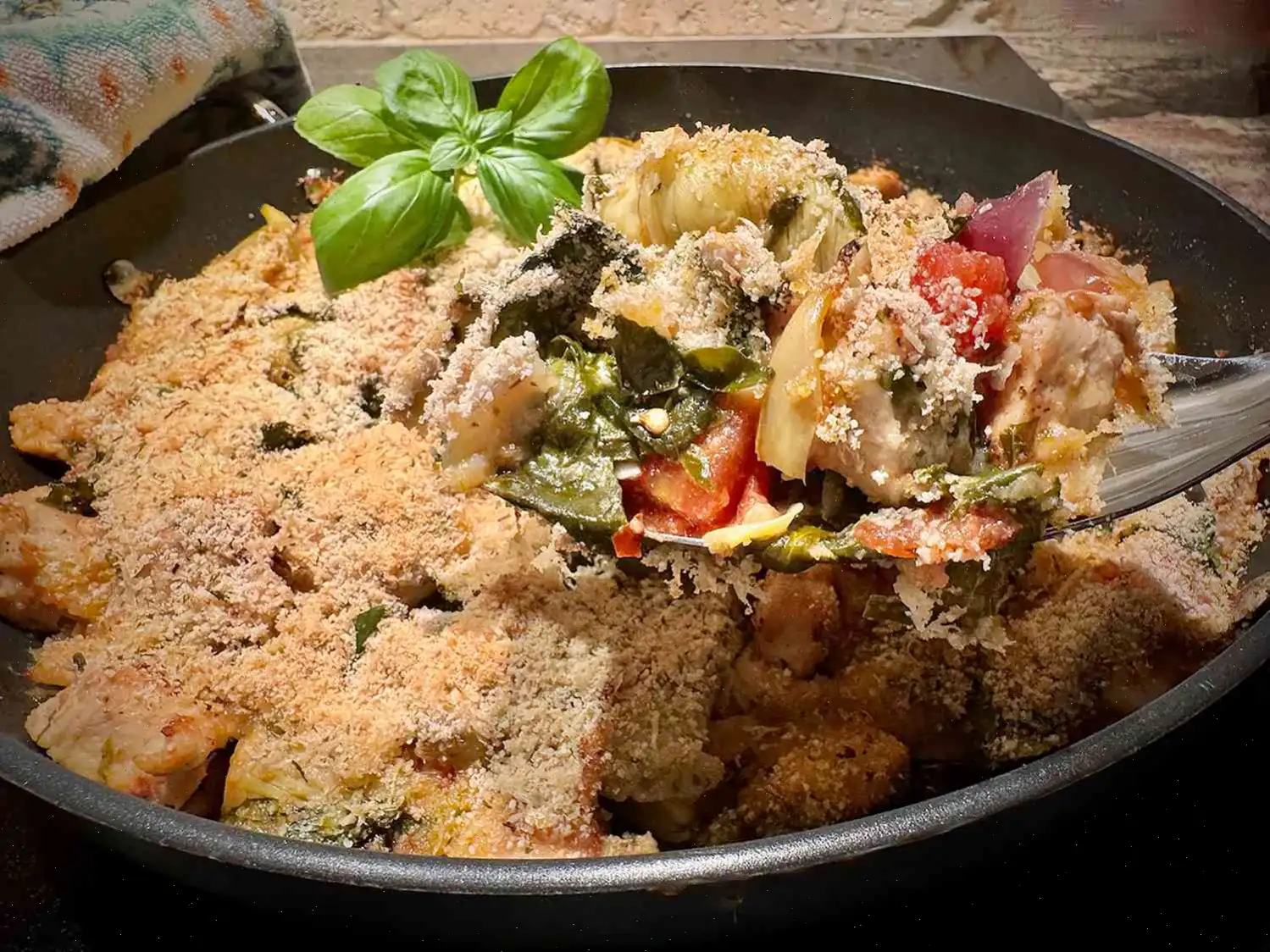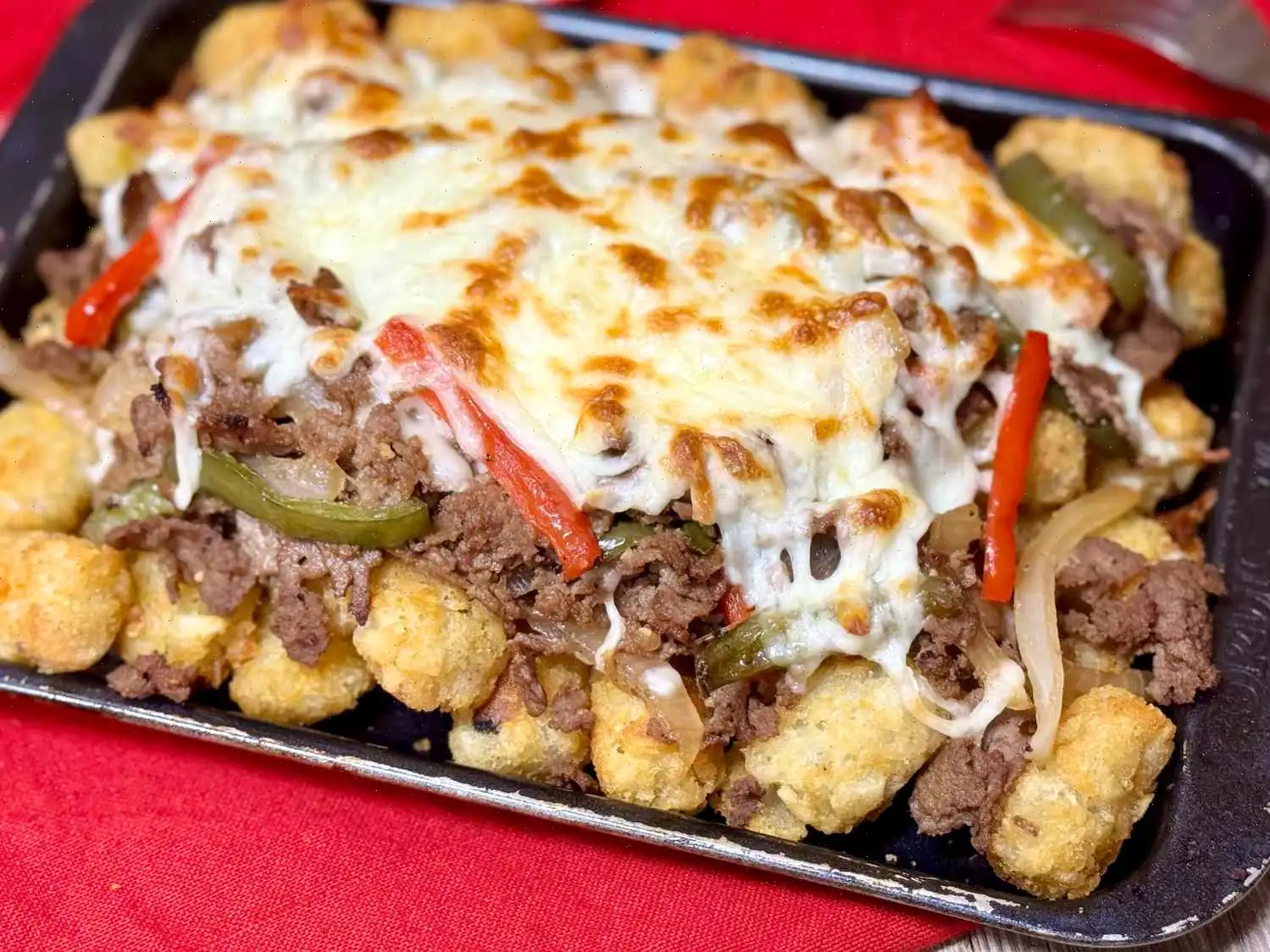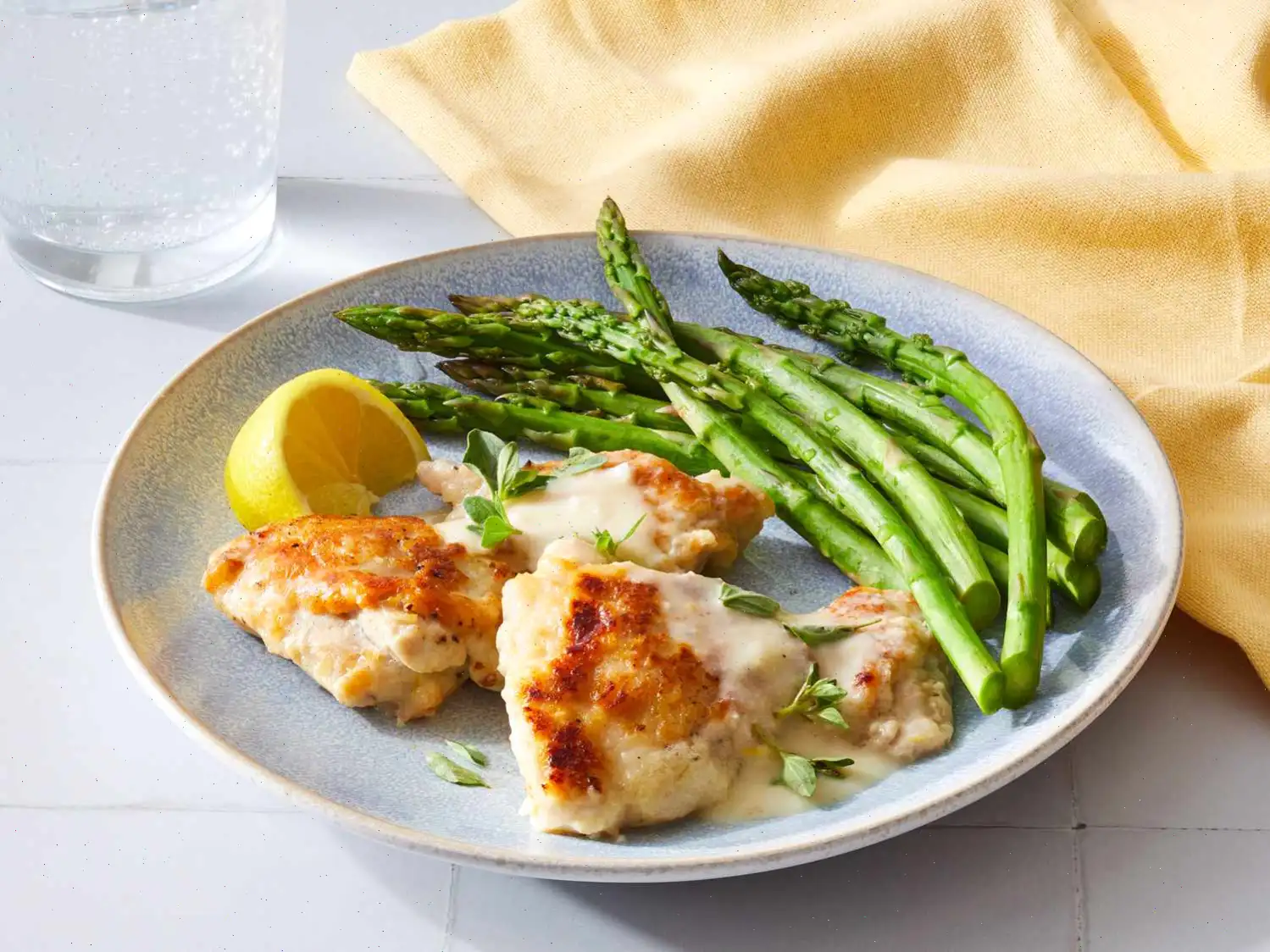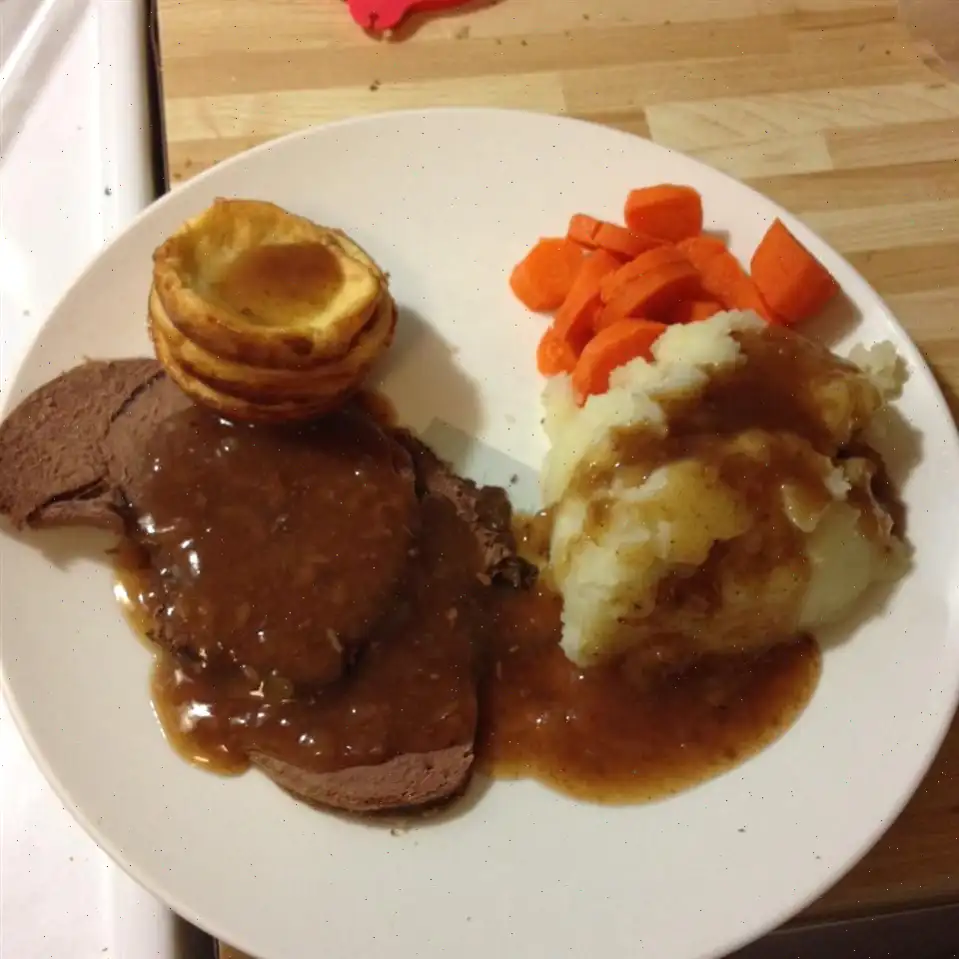
Roasted Fall Vegetable Salad Recipe
Ingredients
This recipe makes 4 servings. Quantities can be adjusted for larger or smaller portions, but cooking times remain the same.
- 2 cups halved Brussels sprouts (10 ounces)
- 2 cups coarsely chopped butternut squash
- 1 red bell pepper, cut into 3/4-inch pieces
- 1 red onion, cut into 3/4-inch pieces
- 4 tablespoons olive oil, divided
- 1/2 teaspoon salt
- 1/2 teaspoon freshly ground black pepper
- 1 tablespoon red wine vinegar
- 1 tablespoon fresh herbs, chopped (parsley or chives)
- 1 small garlic clove, minced
- 1 teaspoon Dijon mustard
- 2 tablespoons pepitas (pumpkin seeds), toasted
Directions
- Preheat the oven to 425F (220C) and line a large baking sheet with foil.
- Spread the Brussels sprouts, butternut squash, red bell pepper, and red onion evenly on the baking sheet. Drizzle with 2 tablespoons of olive oil, sprinkle with salt and pepper, and toss to coat.
- Roast the vegetables for about 20 minutes, stirring halfway through, until they are tender and lightly browned. Let them cool for 10 minutes.
- While the vegetables are roasting, prepare the vinaigrette: In a large bowl, whisk together the red wine vinegar, chopped herbs, garlic, and Dijon mustard. Slowly add the remaining 2 tablespoons of olive oil, whisking until the dressing is smooth and emulsified.
- Transfer the roasted vegetables to the bowl with the vinaigrette and toss gently to combine. Allow the salad to cool to room temperature, or cover and refrigerate for up to one week.
- Just before serving, sprinkle the salad with toasted pepitas.
To Toast Pepitas
Place pepitas in a dry skillet over medium heat. Stir frequently for 4-7 minutes until they are lightly browned and fragrant. Watch carefully as they can burn quickly.
Nutrition Facts (per serving)
- Calories: 230
- Fat: 16g (20% DV)
- Saturated Fat: 2g (12% DV)
- Cholesterol: 0mg (0% DV)
- Sodium: 320mg (14% DV)
- Carbohydrates: 22g (8% DV)
- Dietary Fiber: 6g (23% DV)
- Sugars: 6g
- Protein: 5g (9% DV)
- Vitamin C: 110mg (122% DV)
- Calcium: 85mg (7% DV)
- Iron: 2mg (12% DV)
- Potassium: 651mg (14% DV)
*Percent Daily Values are based on a 2,000-calorie diet. Nutrient data may vary based on ingredient specifics. Consult a doctor or registered dietitian for medically restrictive diets.
The Story Behind Roasted Fall Vegetable Salad
The Roasted Fall Vegetable Salad has its roots in the seasonal bounty of autumn, a time when farmers markets brim with colorful produce. Its origin is strongly tied to American culinary traditions that celebrate local, fresh vegetables, particularly those harvested in the fall. Early home cooks sought ways to combine simple ingredientsBrussels sprouts, butternut squash, and peppersinto a dish that could highlight natural flavors while remaining healthy and satisfying. Over time, roasting became the preferred method, as it enhances sweetness and adds a caramelized depth that boiling or steaming cannot achieve.
Regional Variations
While this salad is broadly American, regional adaptations often reflect local harvests. In the Northeast, its common to see additions like roasted apples or cranberries for extra sweetness and tartness, whereas in the Midwest, pecans or walnuts might be toasted and included. Some Southern variations incorporate smoked paprika or a drizzle of honey for warmth and complexity. Each region tweaks the vinaigrette slightlysome prefer mustard-based dressings like in this recipe, while others lean toward balsamic or maple-infused vinaigrettes.
Differences from Similar Dishes
Roasted Fall Vegetable Salad differs from other vegetable salads in several ways. Unlike raw or lightly steamed salads, the roasting process creates a nutty, caramelized flavor profile. Compared to warm vegetable side dishes, this salad is served at room temperature or chilled, making it versatile for potlucks and gatherings. Unlike grain-based salads, it focuses purely on vegetables and seeds, offering a lighter, more fiber-rich option. The combination of pepitas and fresh herbs also gives it a distinctive crunch and aromatic freshness absent in simpler roasted vegetable sides.
Typical Serving Occasions
This salad is often served as a side dish during autumn and winter gatherings, including Thanksgiving, fall dinner parties, and holiday buffets. Its ability to be prepared ahead of time and served cold makes it ideal for meal prepping or as part of a multi-course dinner. Many restaurants offering farm-to-table cuisine feature similar roasted vegetable salads on seasonal menus, emphasizing local and organic produce.
Interesting Facts
- Brussels sprouts, one of the main ingredients, belong to the cabbage family and were first cultivated in Belgium in the 16th century.
- Butternut squash is a versatile winter squash that provides high levels of vitamin A and beta-carotene, enhancing the nutritional value of the salad.
- Toasting seeds like pepitas not only adds flavor but also improves digestibility and nutrient absorption.
- The combination of roasted vegetables with a mustard vinaigrette balances sweetness, acidity, and texture, showcasing a sophisticated flavor profile without complex techniques.
- This type of salad exemplifies the shift in modern cuisine toward plant-forward meals that are both visually appealing and nutritionally dense.
You can listen to this recipe in AI audio format. Simply click the play button below to listen to the content in a format that suits you best. It’s a great way to absorb information on the go!
FAQ about Roasted Fall Vegetable Salad Recipe
Comments
Barbe
10/06/2025 01:52:54 PM
This was easy and delicious. I followed recipe exactly. My only comment is that it does not make enough for more than 3…4 max!
Michelle Gonzalez
07/31/2024 09:42:47 PM
Made it for my book club — everyone asked for the recipe.
tkhorne
01/06/2024 04:09:52 PM
So good!! Made this for a work party and everyone loved it!!
BlessedMama
10/25/2023 12:50:17 AM
So delicious and very easy!!! Will definitely make this again and again. Thanks for sharing the recipe!


